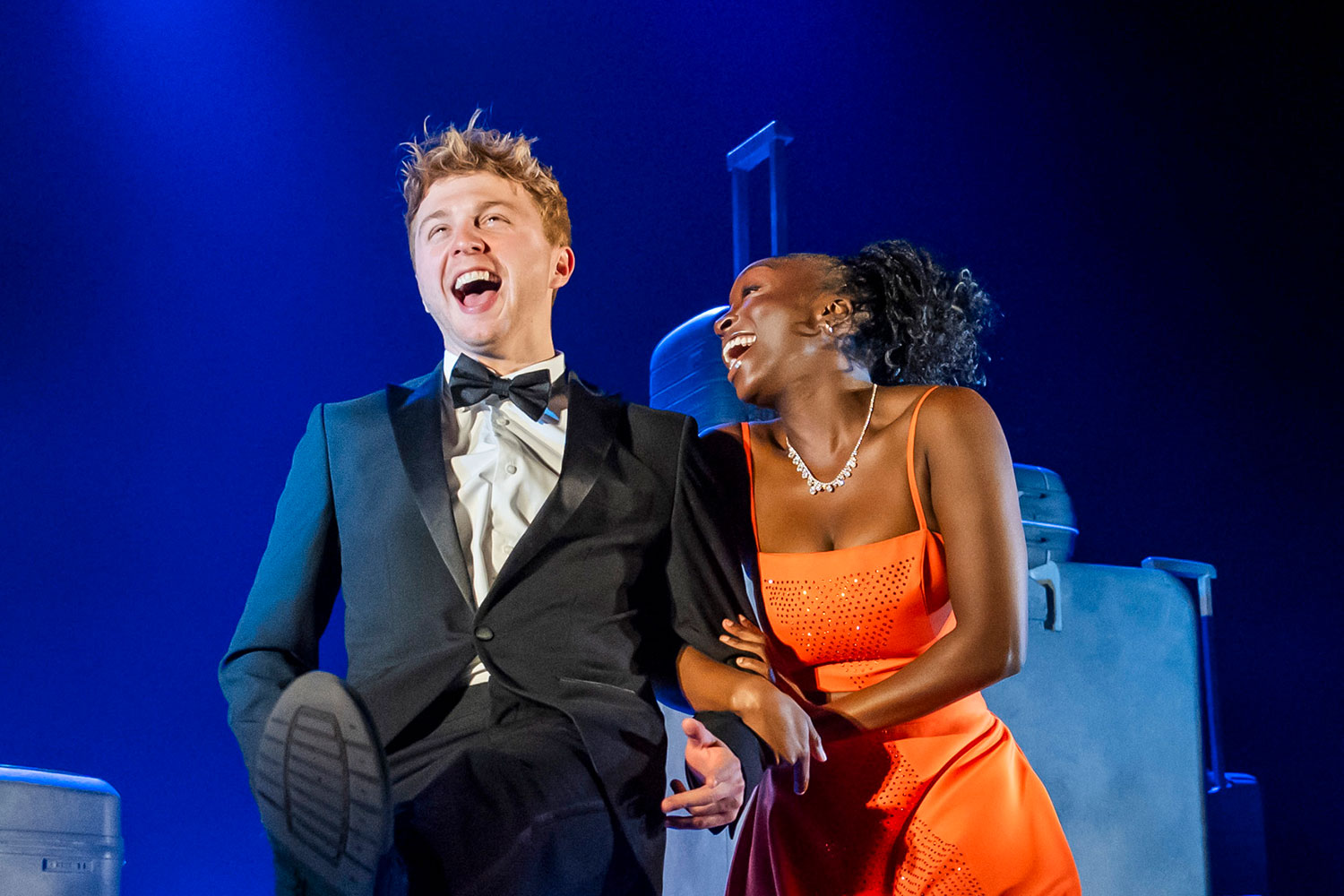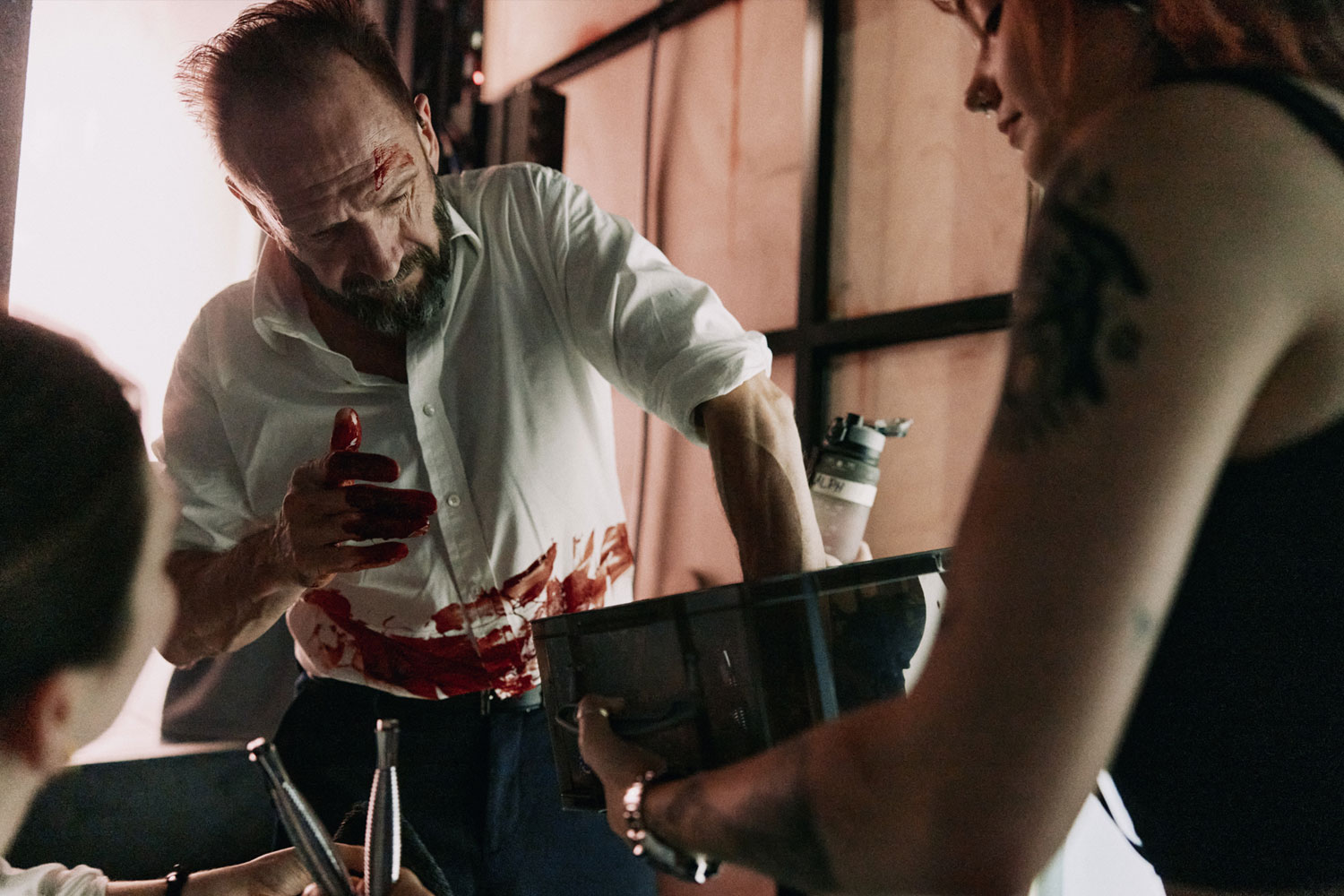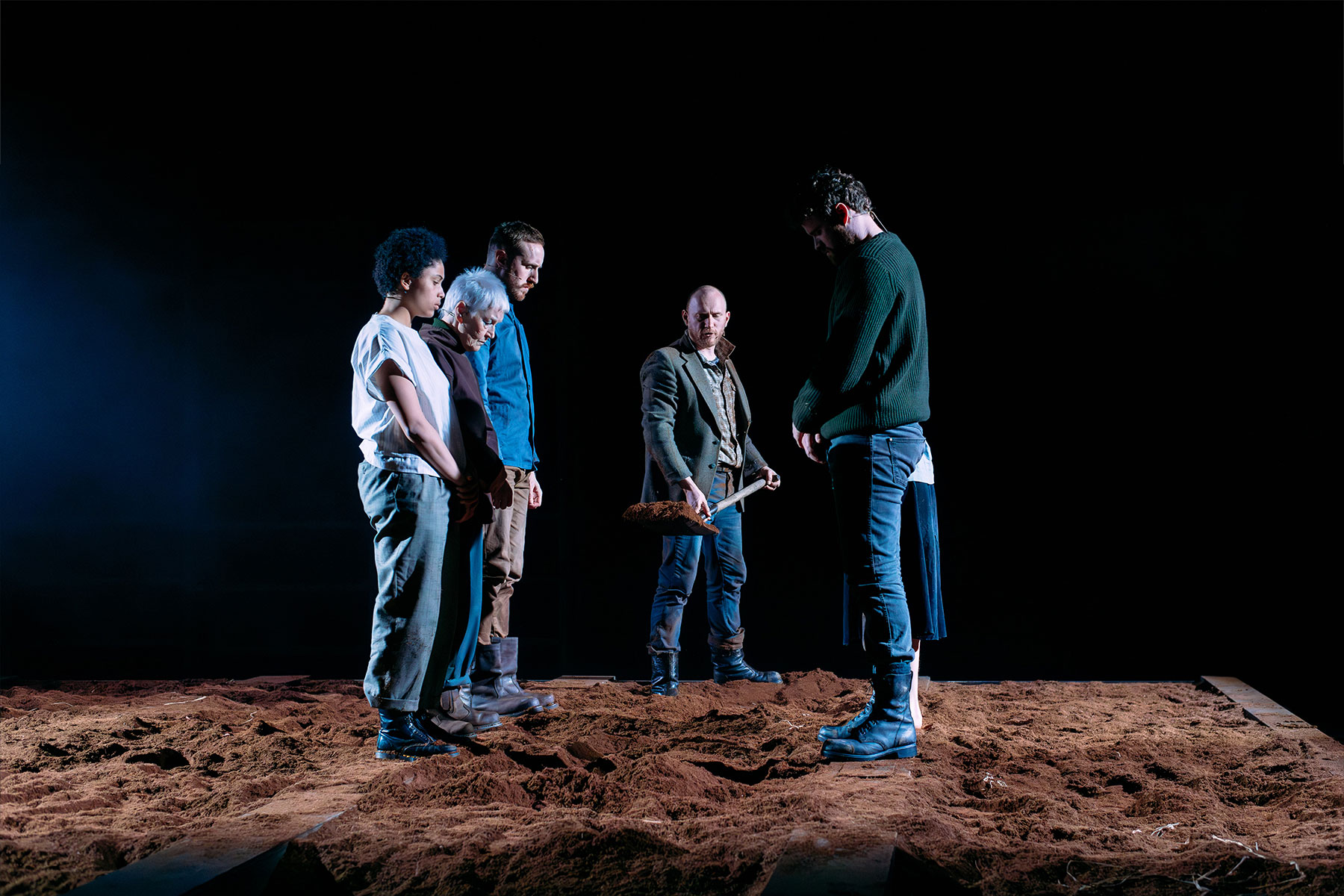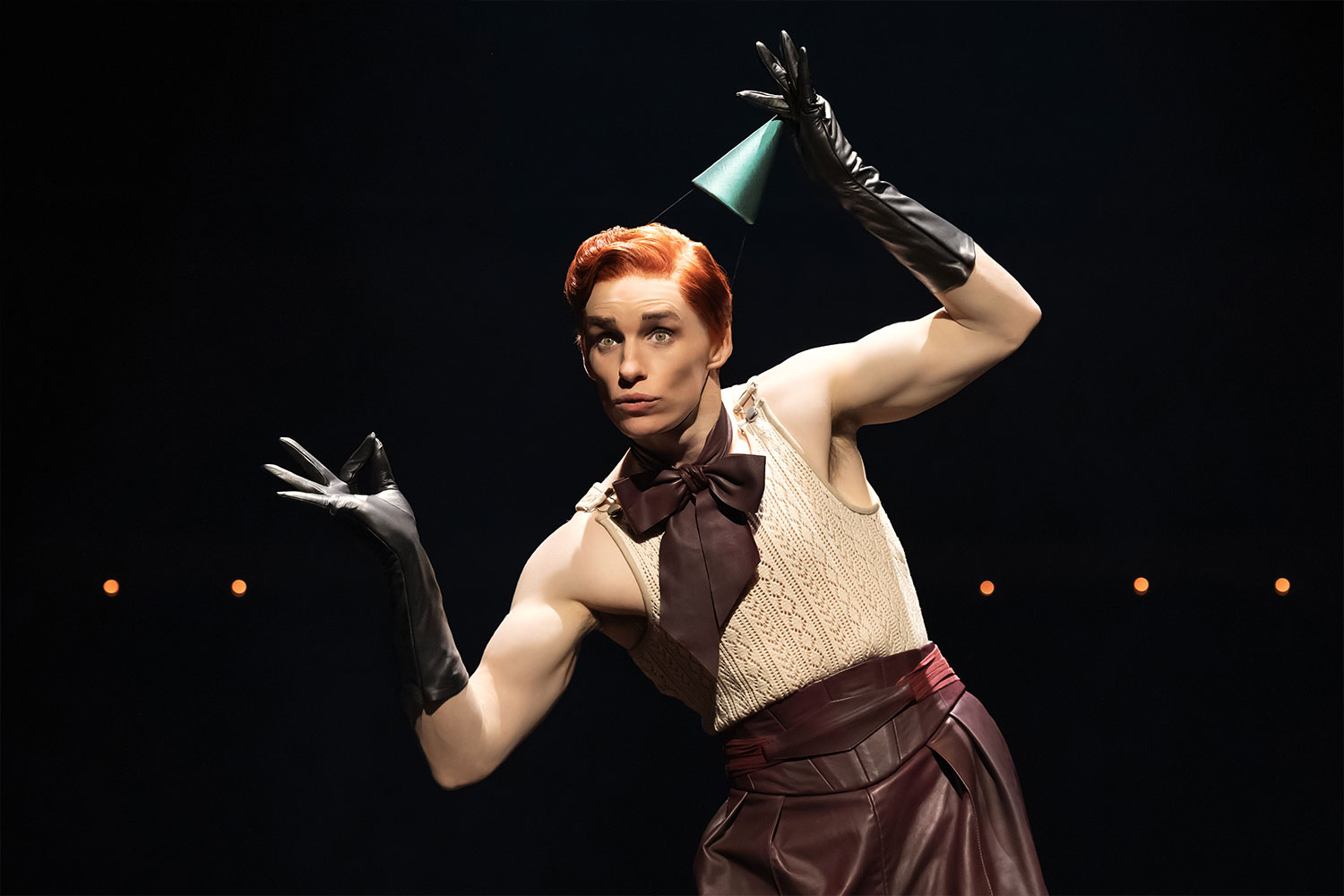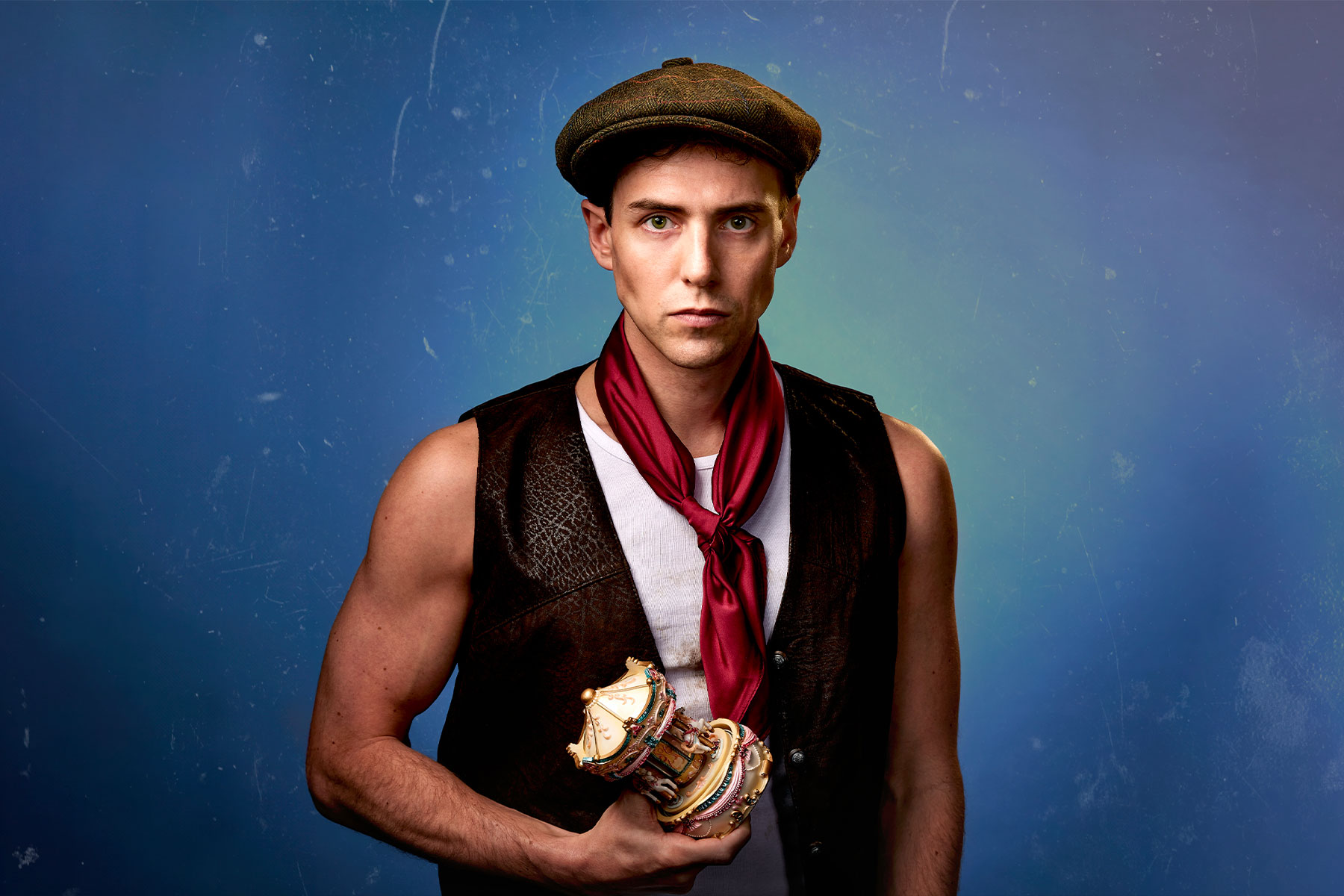Eh Joe
Like most people, I would pay good money to see Michael Gambon doing nothing at all, but I do think a trick has been missed in this lugubrious, reverential staging of Samuel Beckett’s 1965 television play Eh Joe, which the author wrote for the great Irish actor Jack McGowran. It’s barely 25 minutes long. Gambon does more or less nothing. The mixing of media language – stage and film – is desperately disappointing from that fascinating Armenian film director, Atom Egoyan.
The play is supposed to be punctuated by nine moves of the camera, but Egoyam gives us nothing beyond the static image of Gambon sitting on a bed watching, disinterestedly, his own blown-up image of flickering eyelids and jowly boredom. A disembodied voice comes in with various accusatory remarks and sexual challenges.
To these, the great Gambon lets his big unmade bed of face sag with sadness. But is this enough to justify the price of a ticket? Why couldn’t the management, working with the admirable Gate Theatre in Dublin, where Eh Joe was part of the Beckett centenary celebrations, put on more of a gala, a triple or even quadruple bill of little-known short plays from the maestro of misery?
As it is, poor old Joe sits in his room. He gets up in his dressing gown and pyjamas, looks out the window, draws the curtains, lies down on his side and his overblown filmed visage takes over. The problem is that there isn’t enough detail or definition in the rumpled features’ expression. Gambon looks lost in time, and we are none the wiser.
Gambon and his vocal mistress, Penelope Wilton, once played Benedick and Beatrice together in an oddly unsatisfactory RSC production of Much Ado About Nothing. Their rapport seems no more improved in this enterprise, where a sense of bitter estrangement never catches up with the sense of loss and poignancy in the underlying exchanges.
I’ve got a feeling that Beckett was doing something quite beyond the stage conventions of showing a man in crisis or despair, as he was in the Buster Keaton movie of Film, which he shot in New York the year before this play. An interesting programme note makes this connection and then goes on to suggest that the harrowing, disturbing detail of Keaton’s performance is a template for Eh Joe, where a man in his mid-fifties merely prepares for bed, or death, or unjustified privacy.
In the reality of the performance, no such similarity is apparent. The great Harold Pinter designer, Eileen Diss, bleaches out the stage in a misty grey that envelopes the action (or non-action) and takes us uncompromisingly into the weird interior of Joe’s head. Trouble is, we never really feel we want to be there. Beckett lets us coast along on his intellectual reputation, even if we’d rather see him, and Gambon, get down and get dirty. This is luxury theatre for people who can afford not to care.
– Michael Coveney



